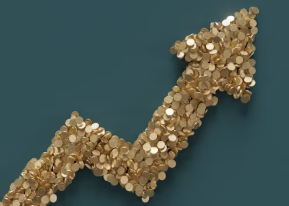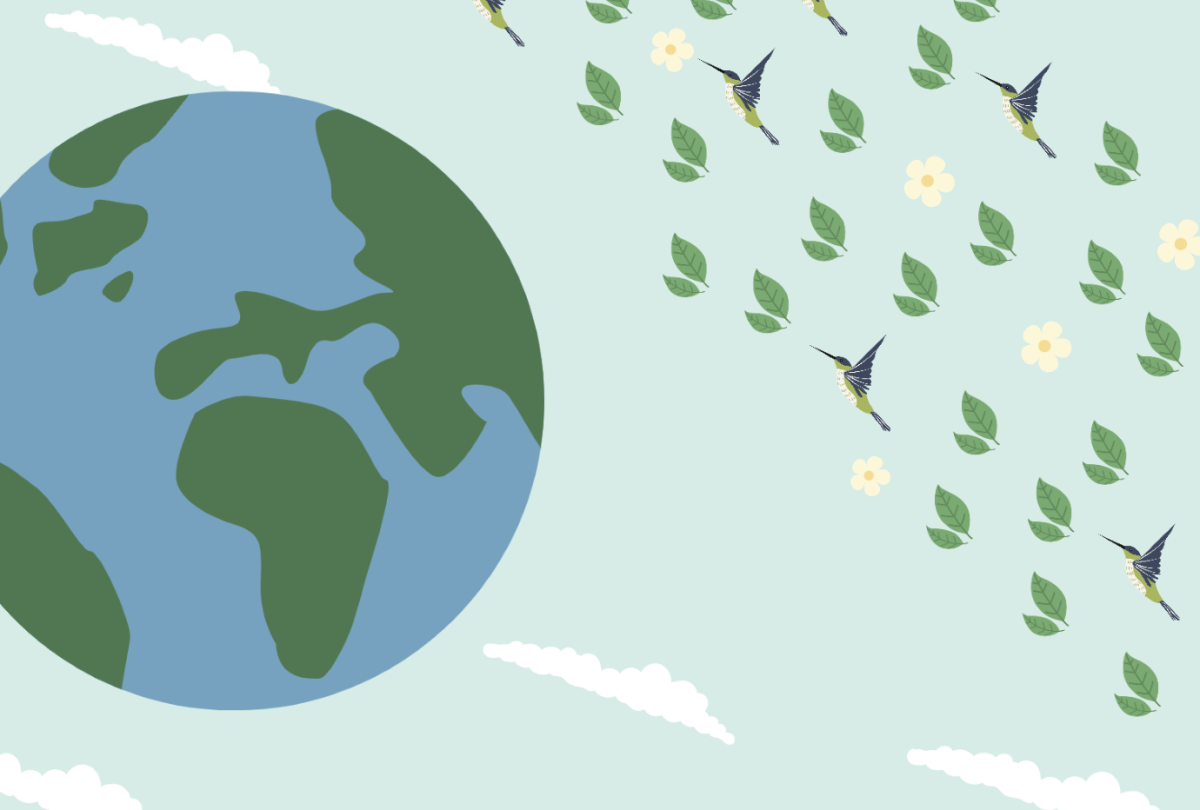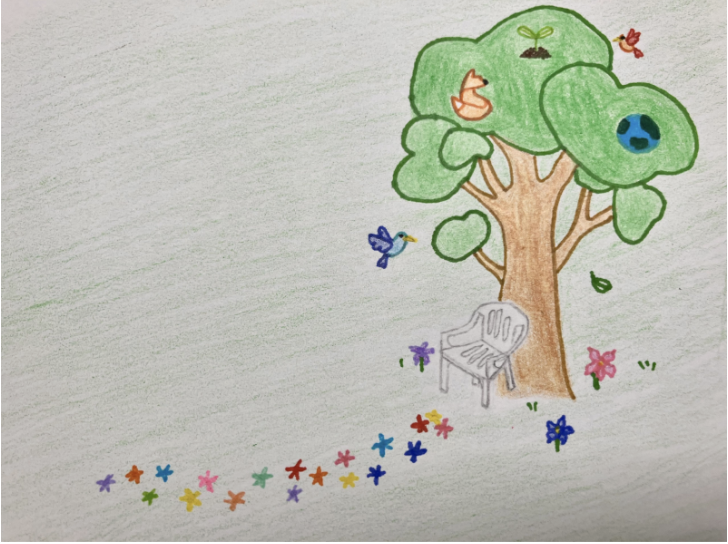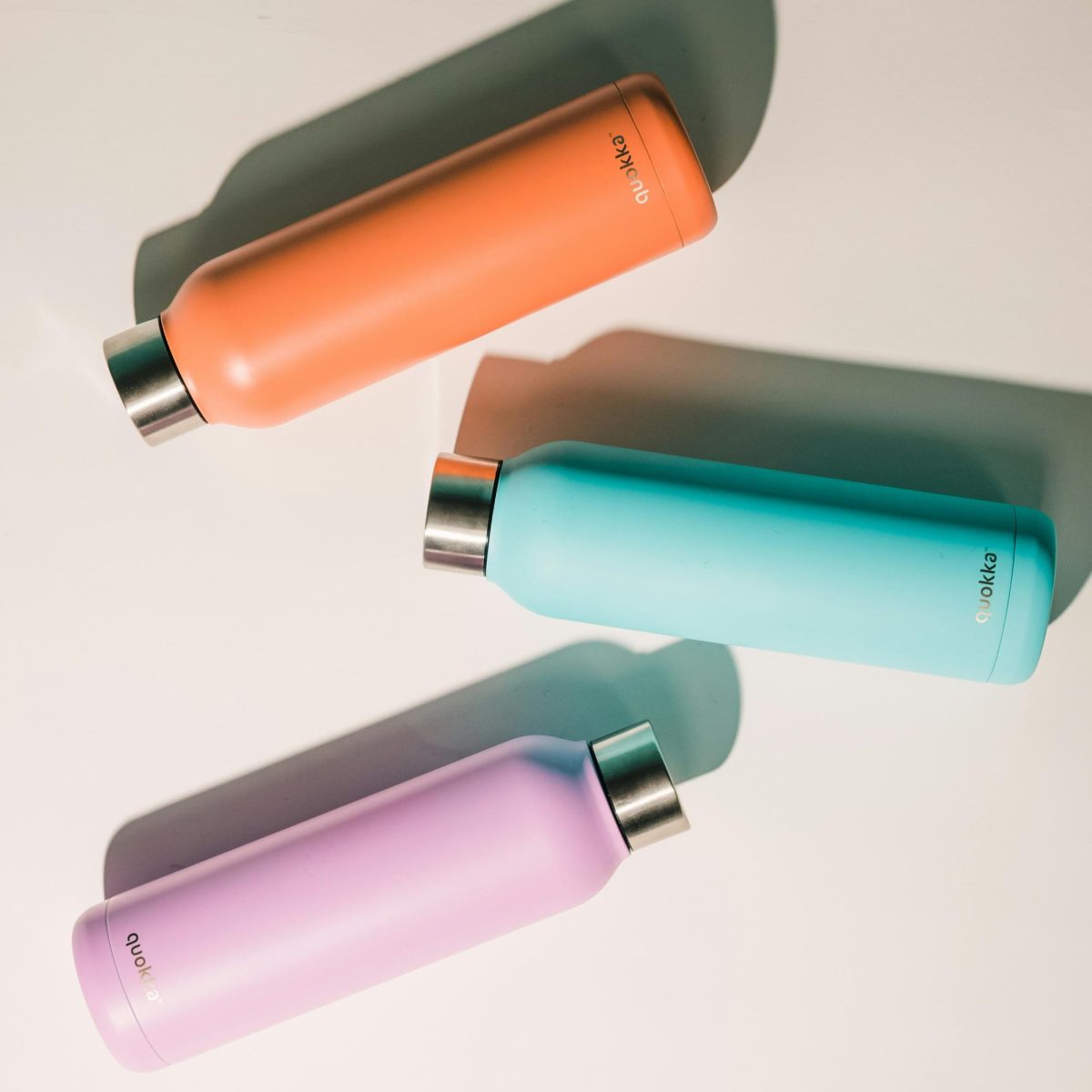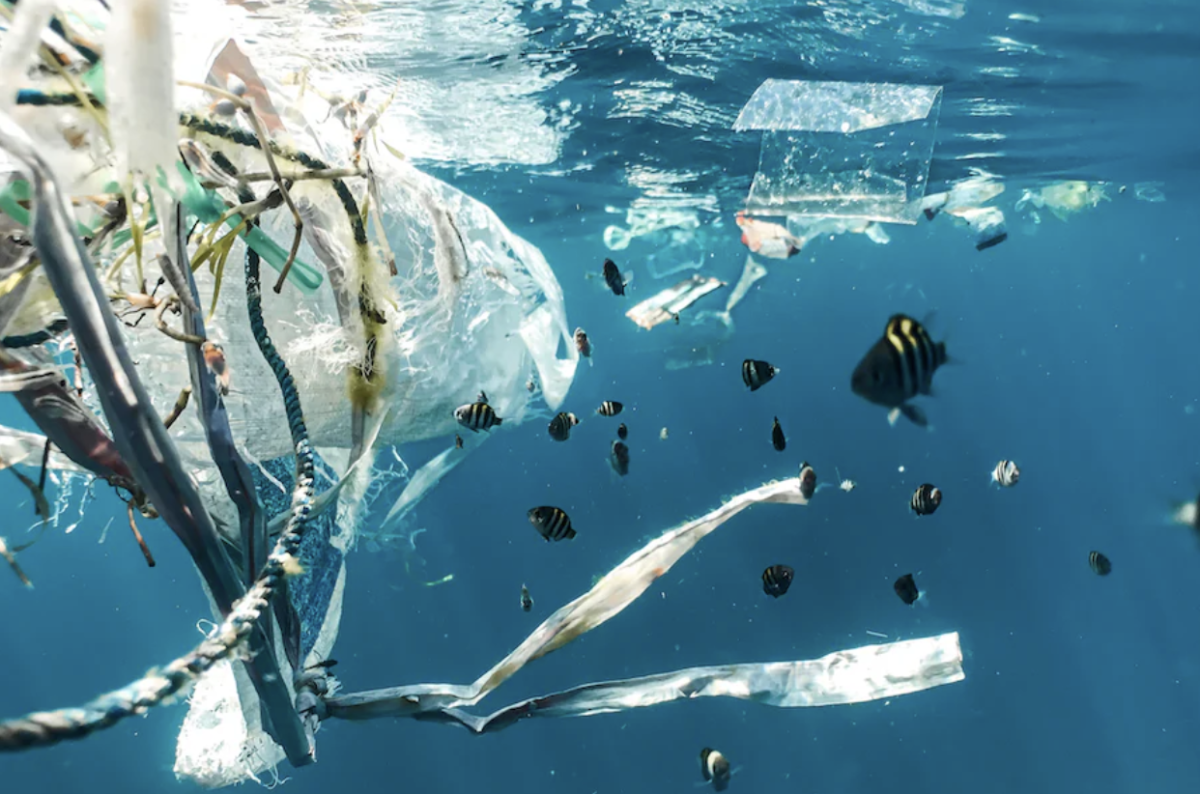Items made of plastic are ubiquitous in the world. Eventually, these small pieces of plastic, also known as “microplastics” will be broken down and enter bodies of water, animals and humans, posing a threat to human health and the environment.
What are microplastics?
According to the National Oceanic and Atmospheric Administration (NOAA), a microplastic is a small piece of plastic that is less than five millimeters long. They result from the disintegration of larger plastic items, such as bottles, bags and packaging materials. They can also be intentionally manufactured at a small size for various purposes. Microplastics are a significant environmental concern, as they can be found in various ecosystems, including oceans, rivers, lakes, soil and the air. While many of the effects of microplastics are still unknown due to their recent discovery, they are known to pose health risks.
How are microplastics produced?

Microplastics are categorized as both primary and secondary. Primary microplastics are specifically manufactured for use in fabrics, cosmetics, or in industrial manufacturing. In products such as facial cleansers or toothpaste, manufacturers add tiny plastic beads as exfoliating or abrasive agents, aimed to efficiently clean surfaces. However, as consumers use these products, those plastic beads are either consumed by the user or washed down a drain, eventually deposited into the ocean.
Synthetic fabrics, such as nylon, polyester and acrylic, can create microplastics through a process known as “fiber shedding.” As synthetic textiles are worn, washed, or rubbed against, the fibers in these fabrics can break, resulting in loose microfibers of plastic.
When washing, synthetic fabrics are agitated in high heat, and they are constantly stretched and rubbed against other fabrics, which result in microfibers. Then, as these synthetic fabrics are dried, the heat and friction in the drying and ironing processes can also contribute to the release of microfibers from these fabrics. Throughout the whole washing process, the microfibers of synthetic textiles enter the wastewater during washing and runoff into aquatic environments.
Fishing nets, also made of nylon, are the biggest source of microplastics in the ocean. As fishermen use these nets, the equipment is thrown directly into the ocean and exposed to intense physical contact. Microfibers are then created and let loose into the ocean.
Secondary microplastics are created when larger pieces of plastic break down over time due to UV radiation, or photodegradation, weathering and other physical processes. When plastic bottles are discarded into the ocean, intense UV light breaks down the chemical bonds within the plastic. As these chemical bonds break, the plastic becomes brittle, and dissolves into microplastics.
The dangers of microplastics
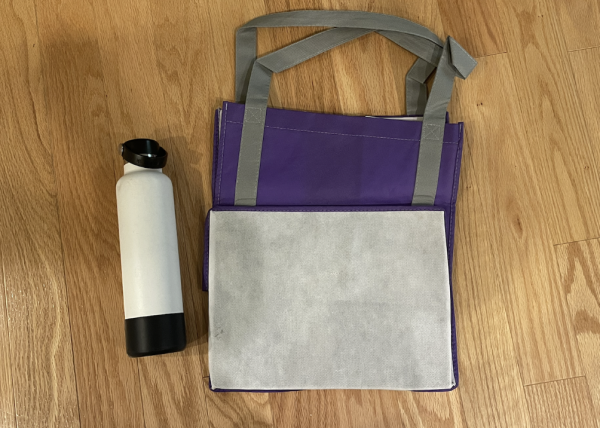
Microplastics pose a multitude of harmful risks to the environment, wildlife and humans. When microplastics are ingested by marine organisms, both toxic chemicals and microplastics are accumulated in the systems of the organisms, which may then carry into other animals, disrupting food chains and threatening biodiversity. As these toxic chemicals and microplastics are carried throughout the food chain, these harmful pollutants may potentially end up in food and water. As humans consume microplastics, inflammation, cellular and genetic damage, as well as disruption to the endocrine and reproductive systems can occur. Many of these plastics contain highly toxic chemicals such as BPAs and phthalates, and consumption results in the absorption of toxic and carcinogenic chemicals.
Increased calls for prevention efforts
In recent years, environmental advocates and scientists have increasingly called for intervention efforts against the use and production of microplastics. Since much of microplastic production results from a superfluous use of plastic, the minimization of single-use plastics such as bags, bottles and containers can reduce the production of microplastics.
Campaigns that encourage a reduction in plastic usage, proper waste and recycling management ensure that plastic waste is collected and processed responsibly. Scientists also say that choosing natural fabrics such as cotton or hemp over synthetic materials like polyester in clothing can help mitigate the issue of microfiber shedding. Experts say that promoting public awareness, education and engagement on the topic may also encourage responsible consumer behavior and garner support for initiatives aimed at reducing plastic waste and minimizing the presence of microplastics in the environment.
As microplastics become increasingly pervasive around ecosystems worldwide, they contaminate water sources, harm lives and disrupt ecosystems. However, scientists and environmental activists are raising awareness surrounding measures that may prevent the production and spread of microplastics.








